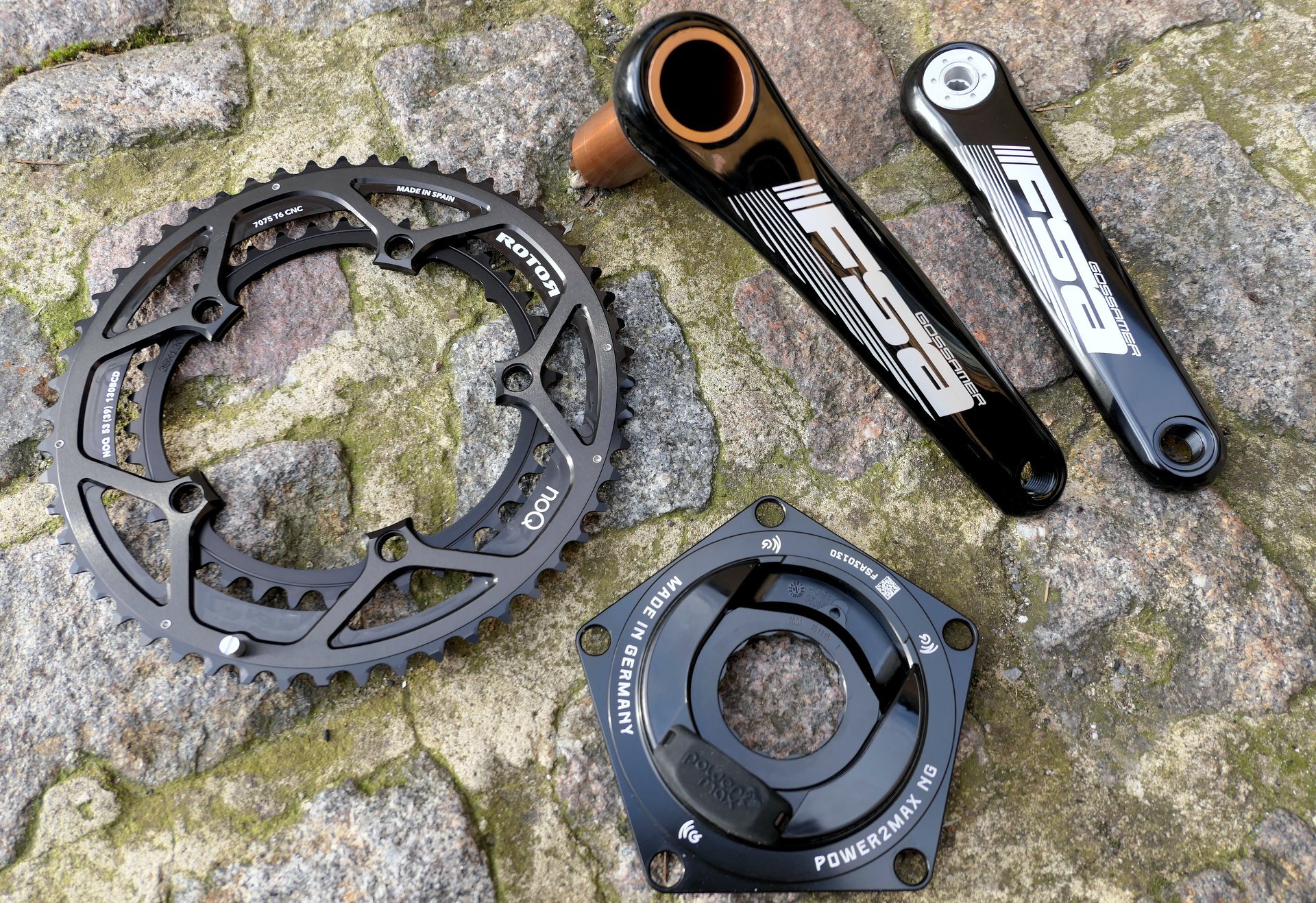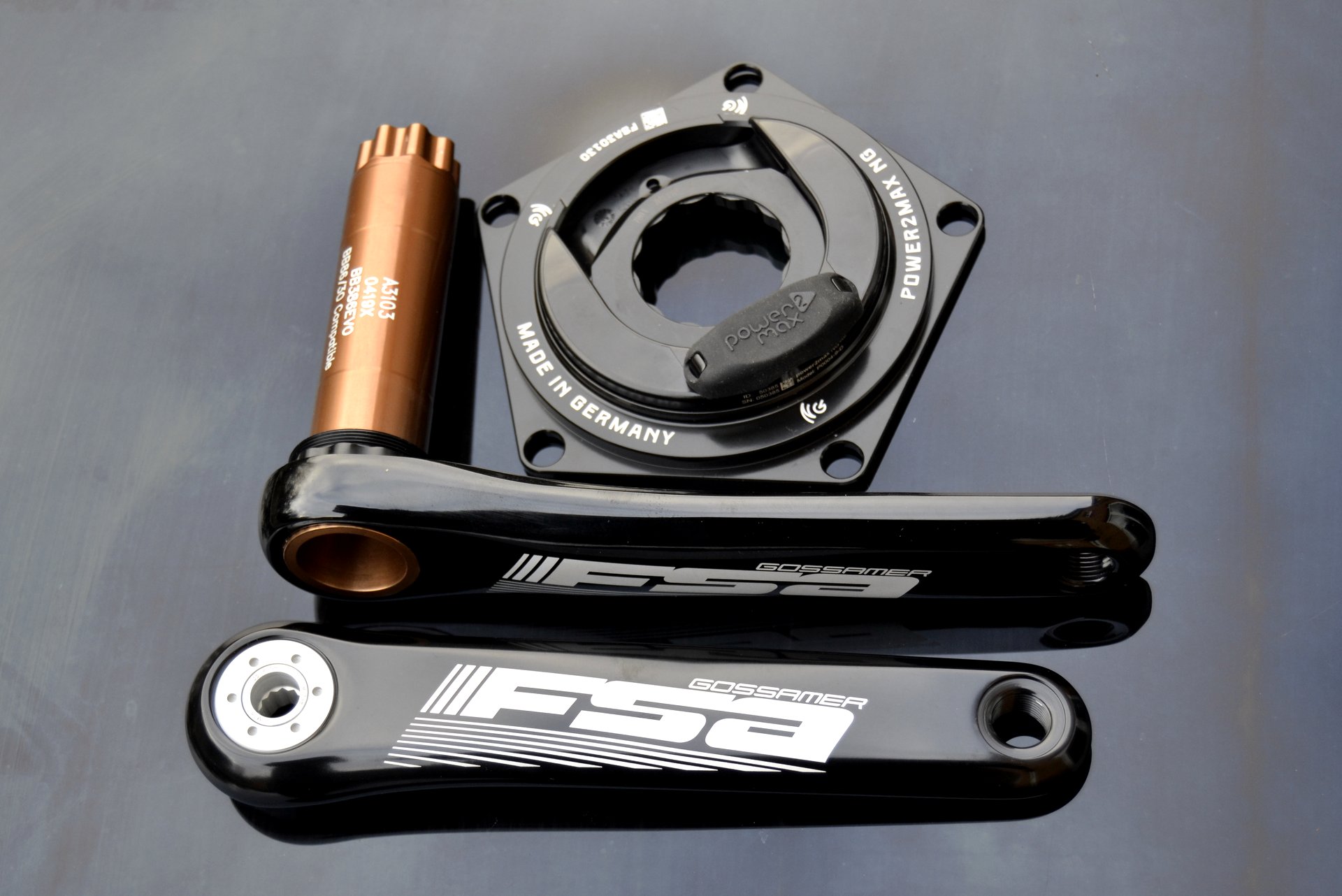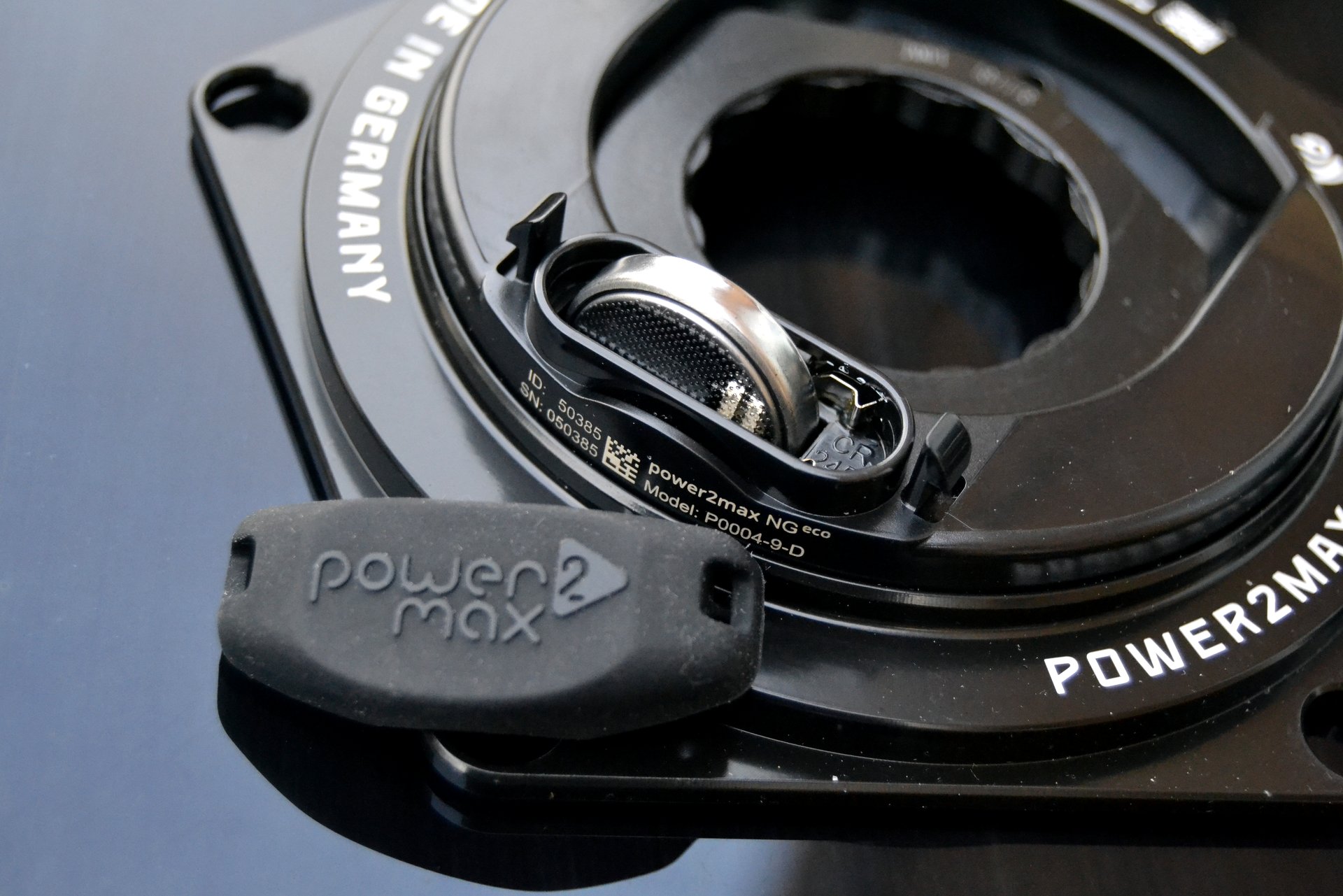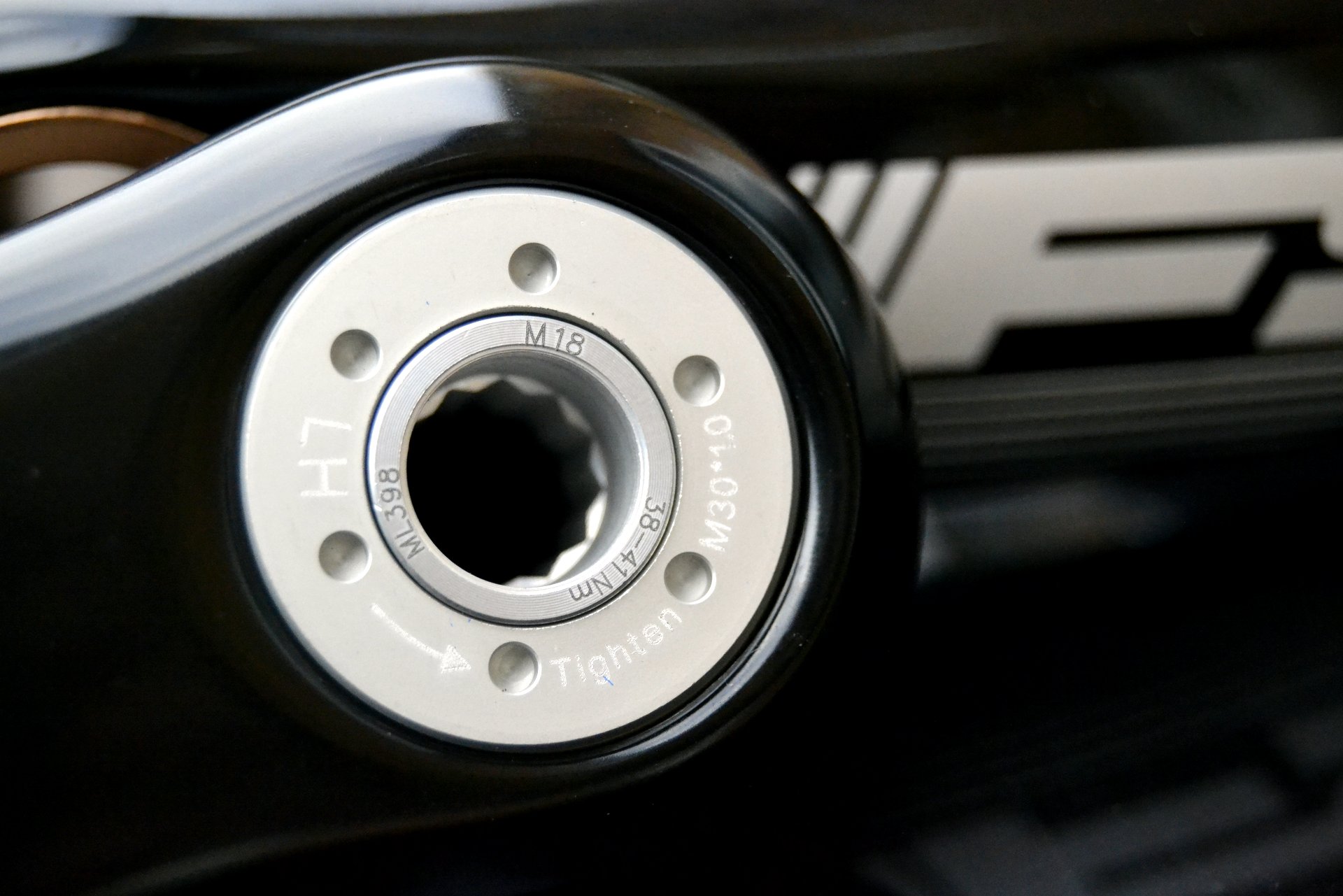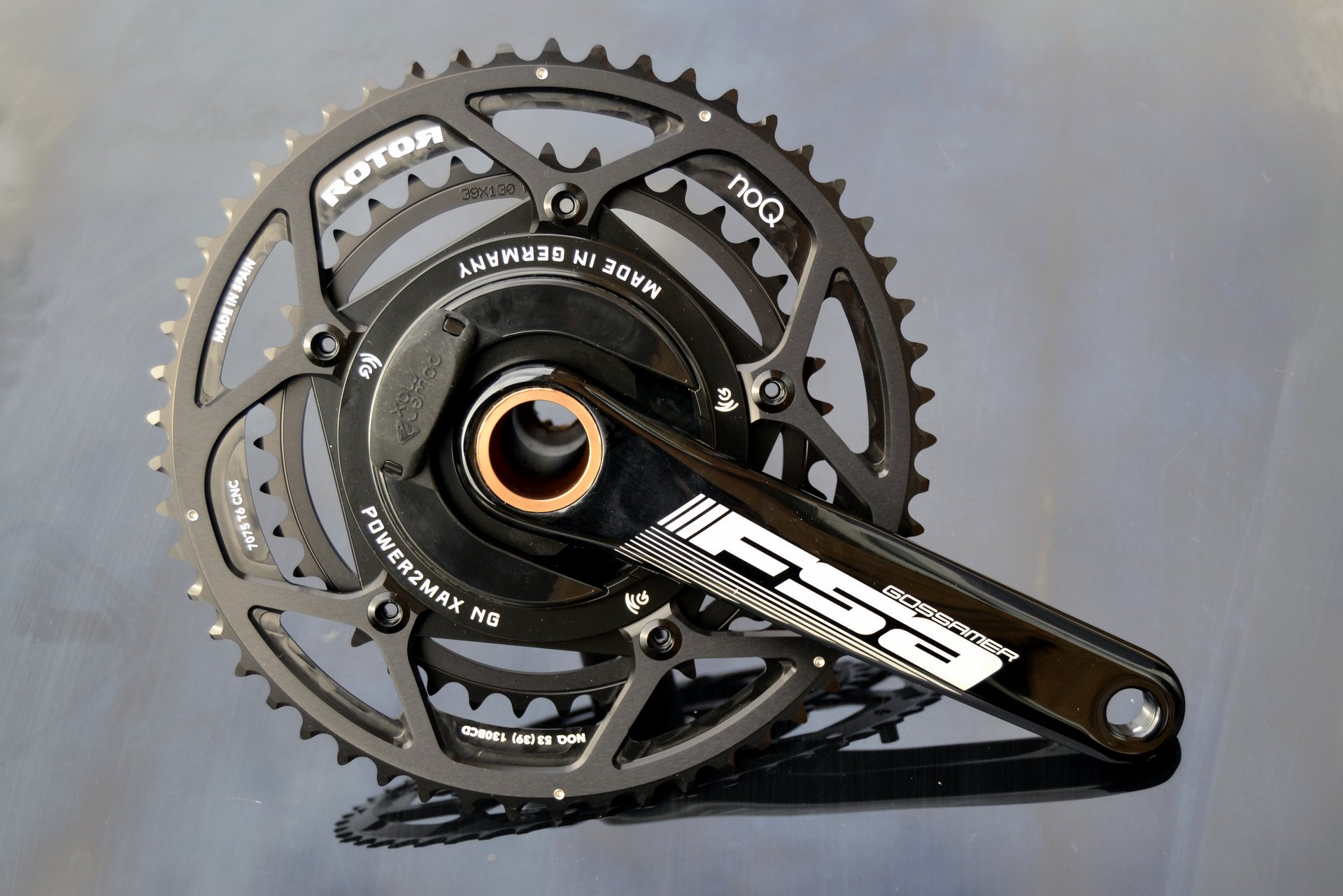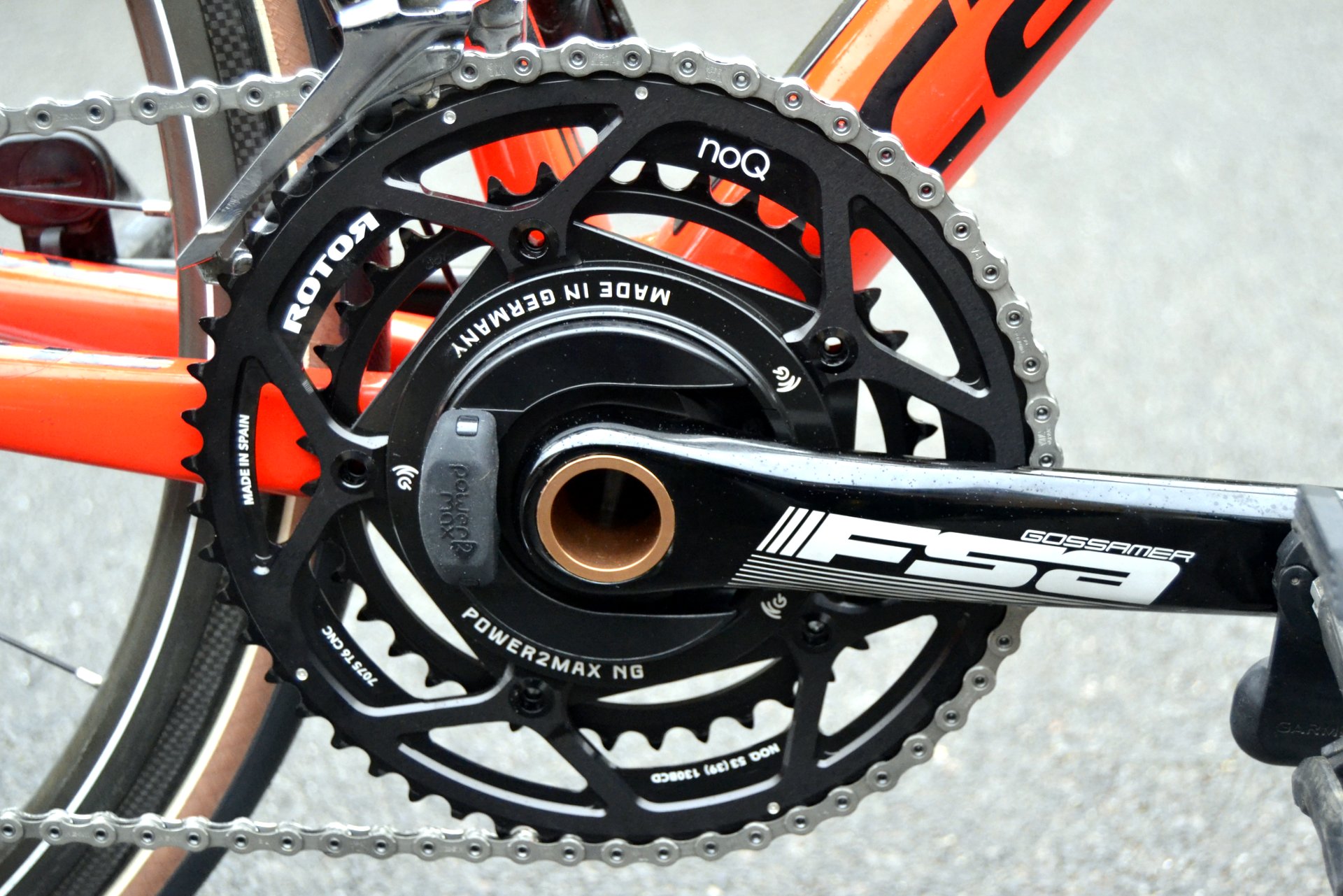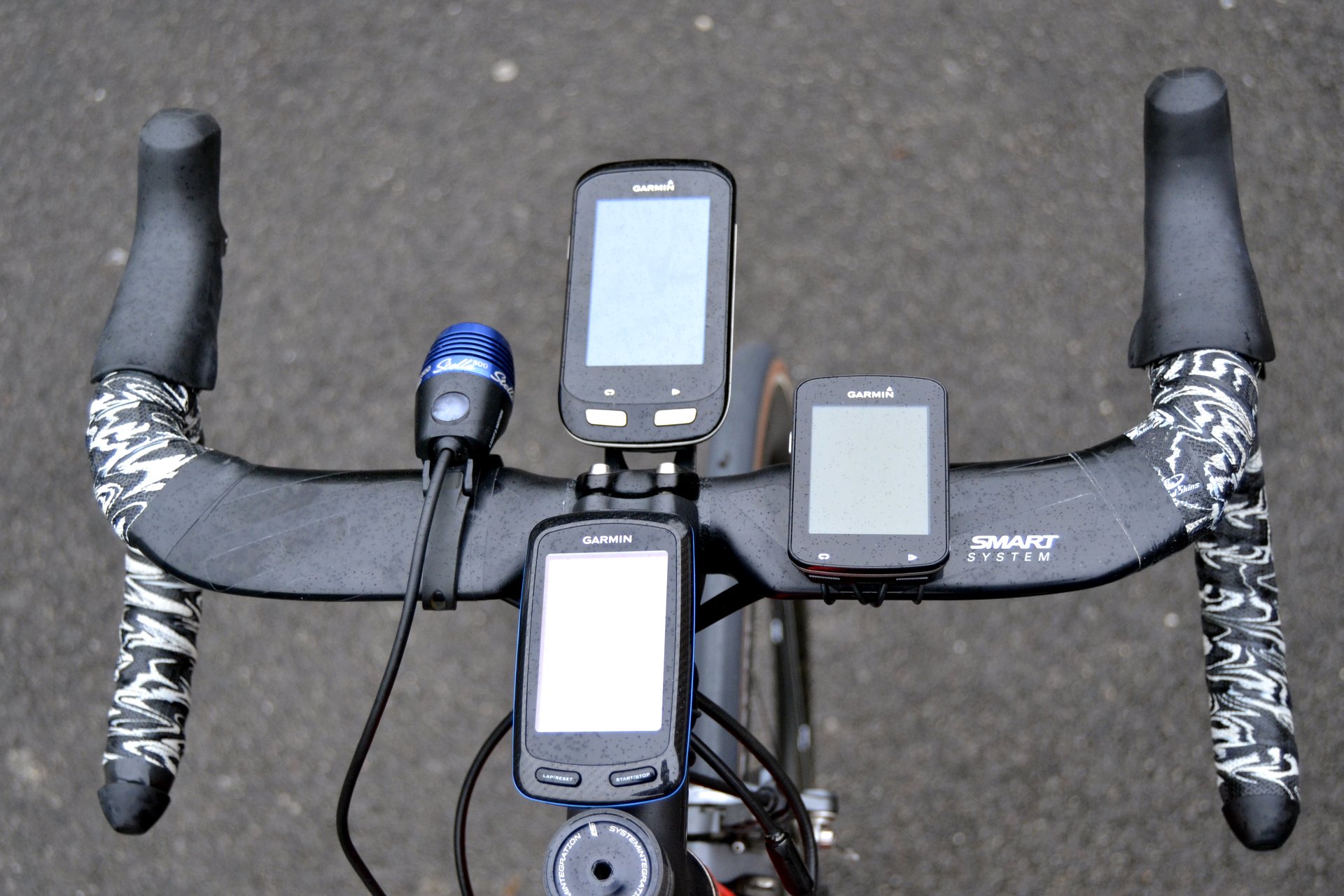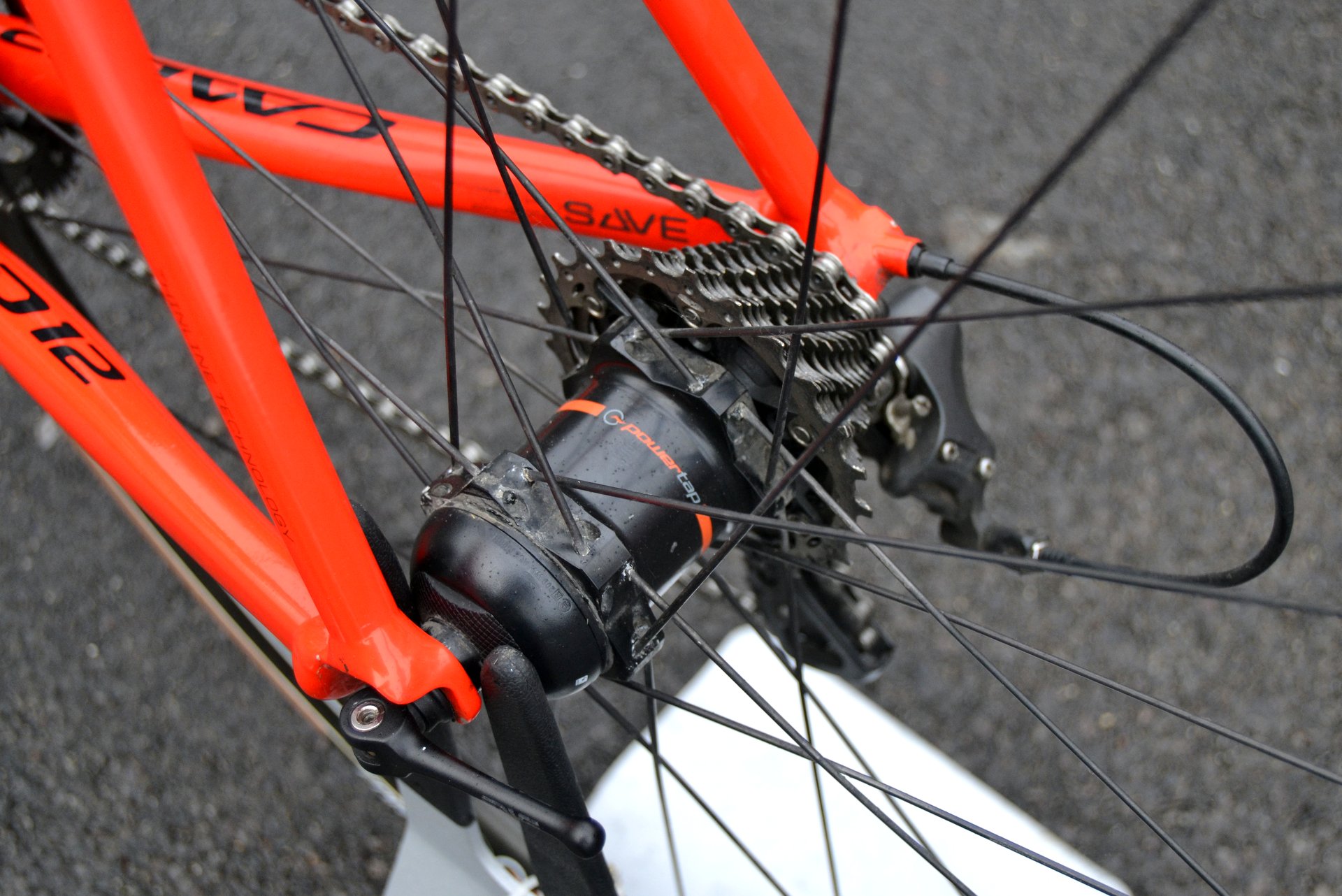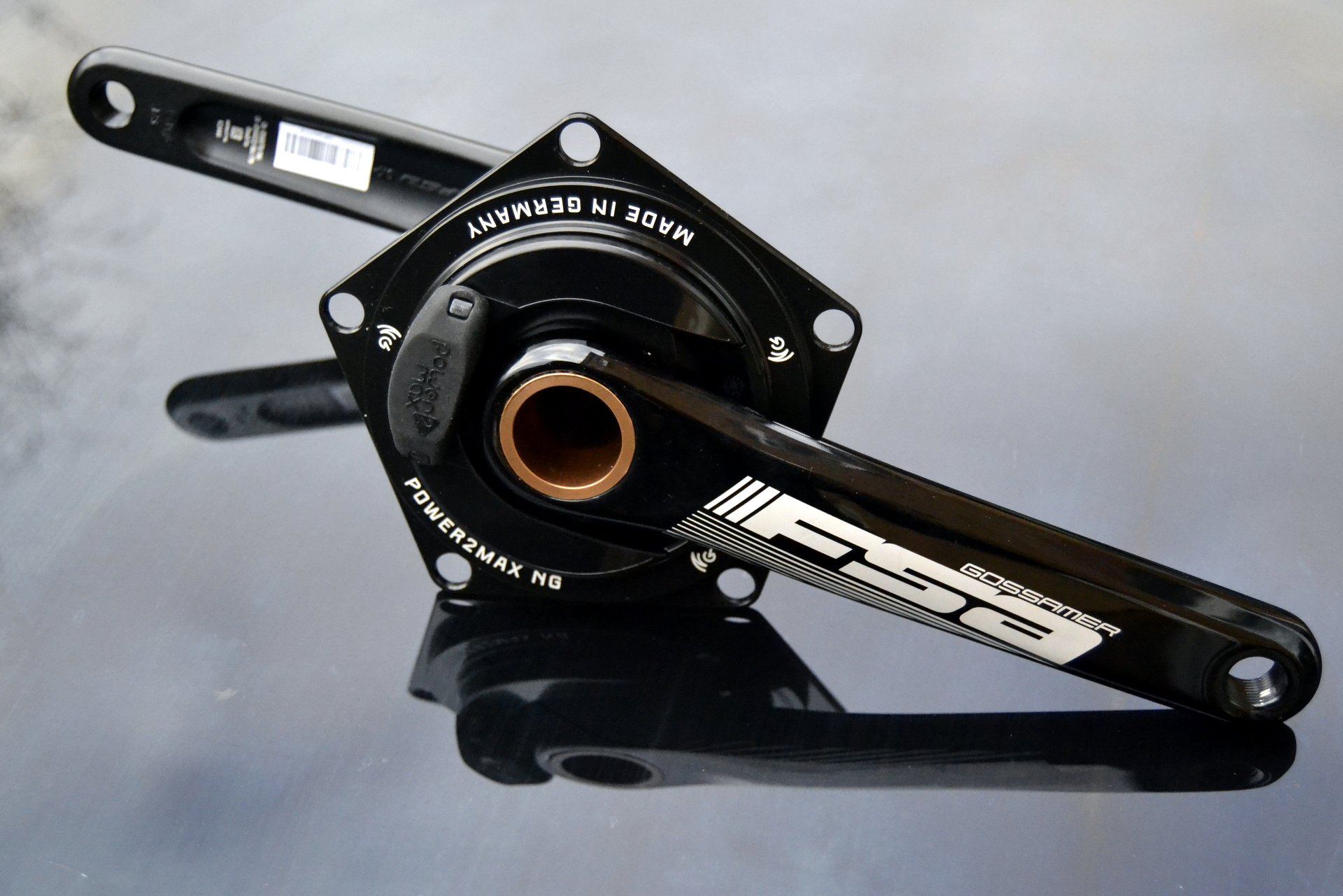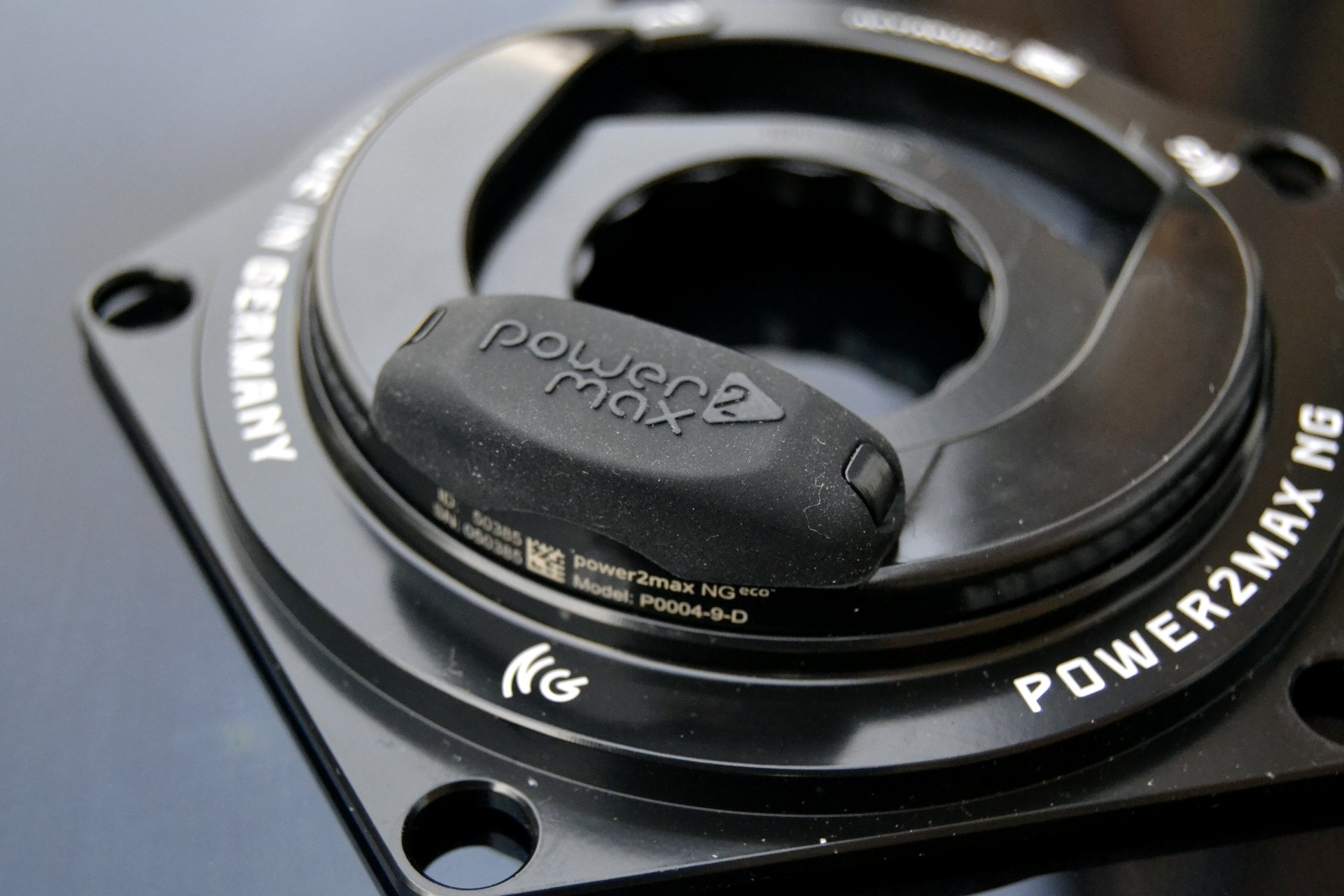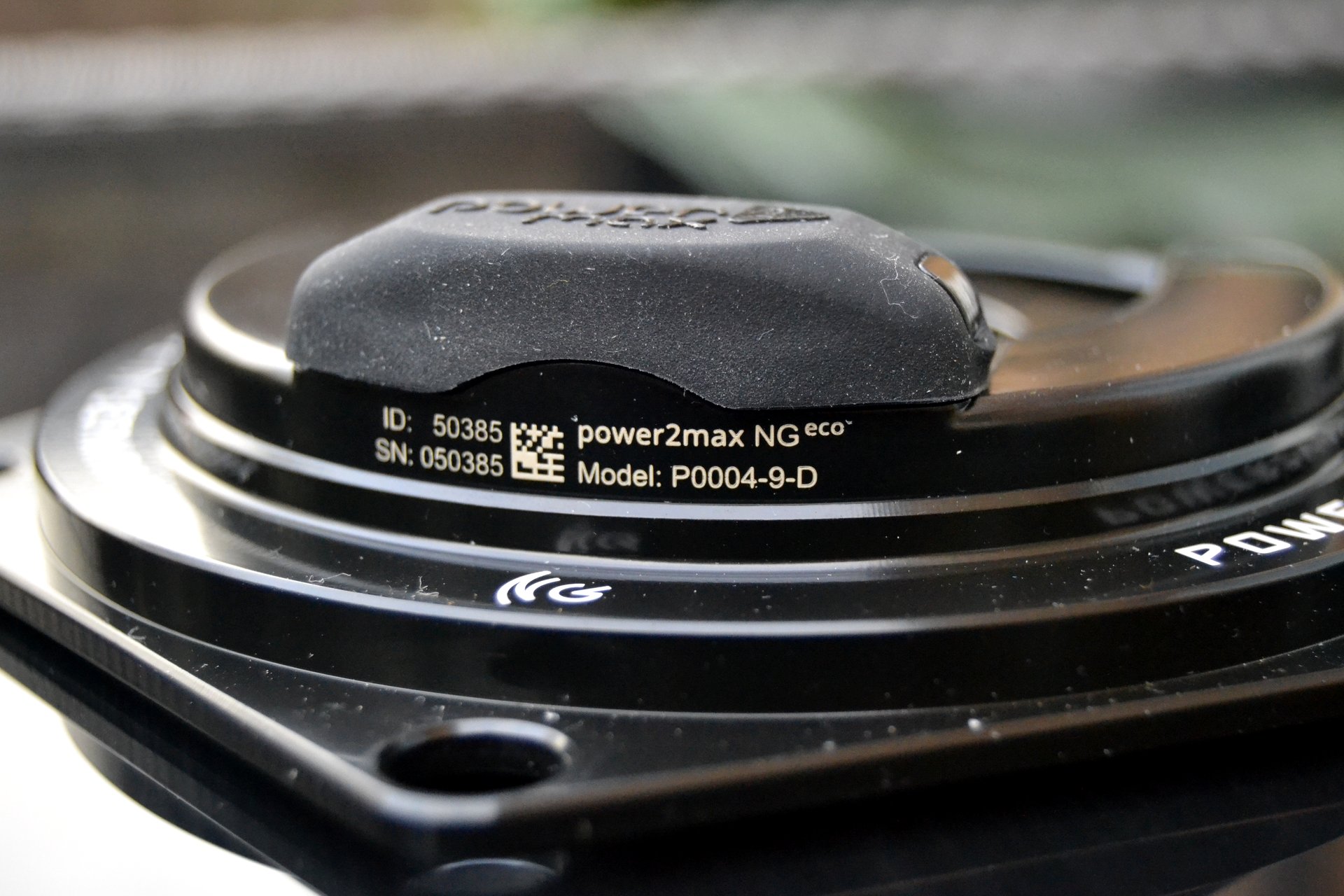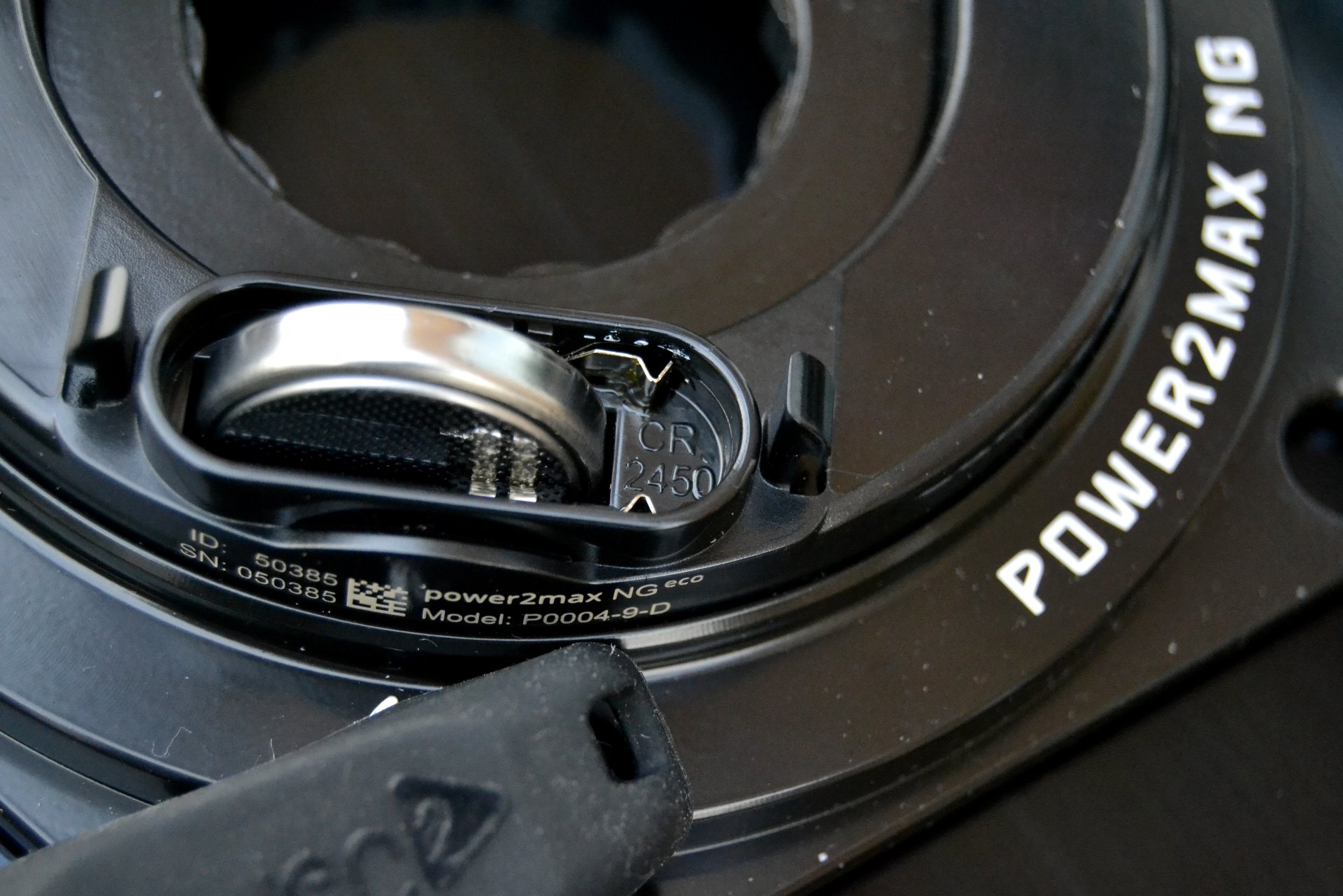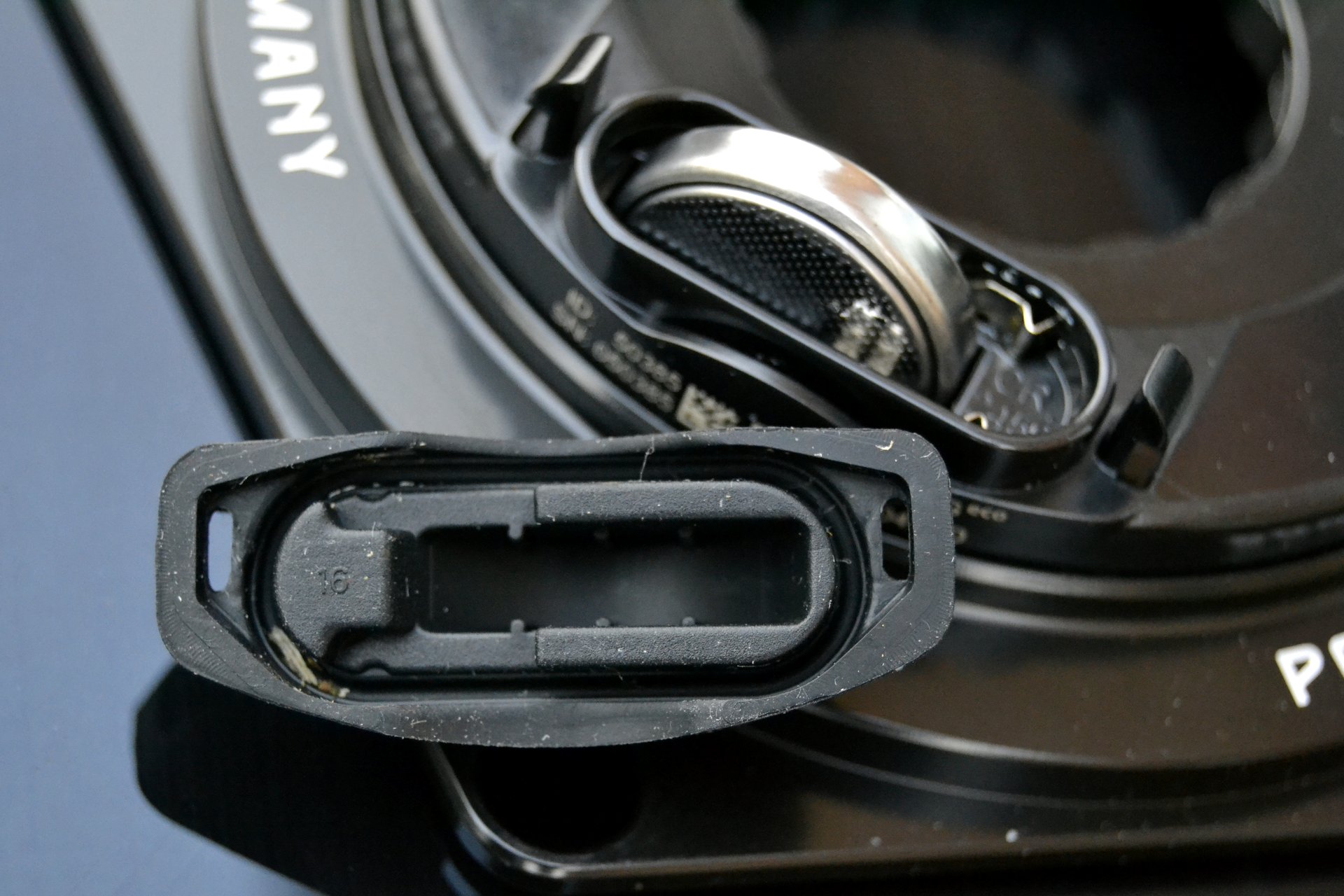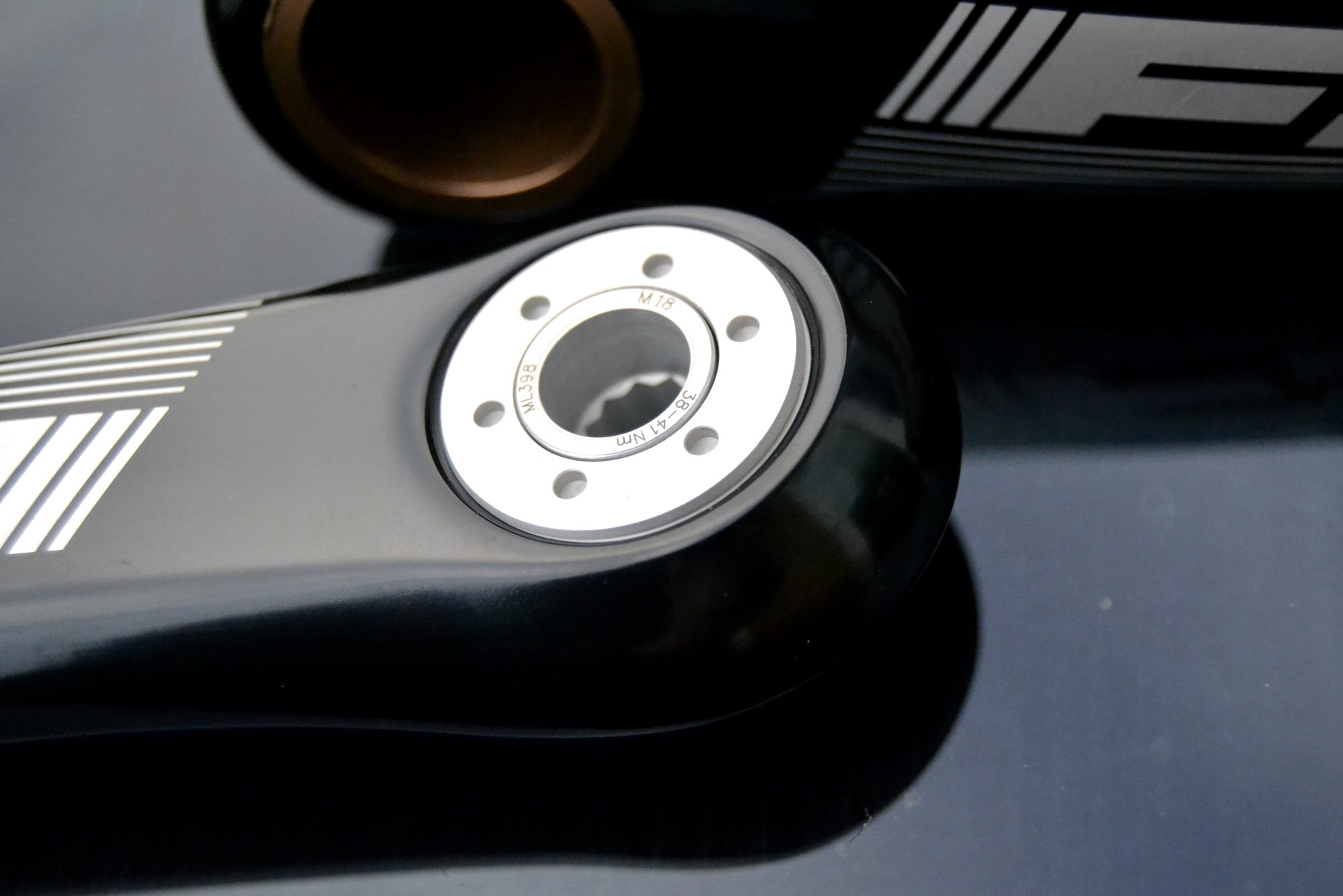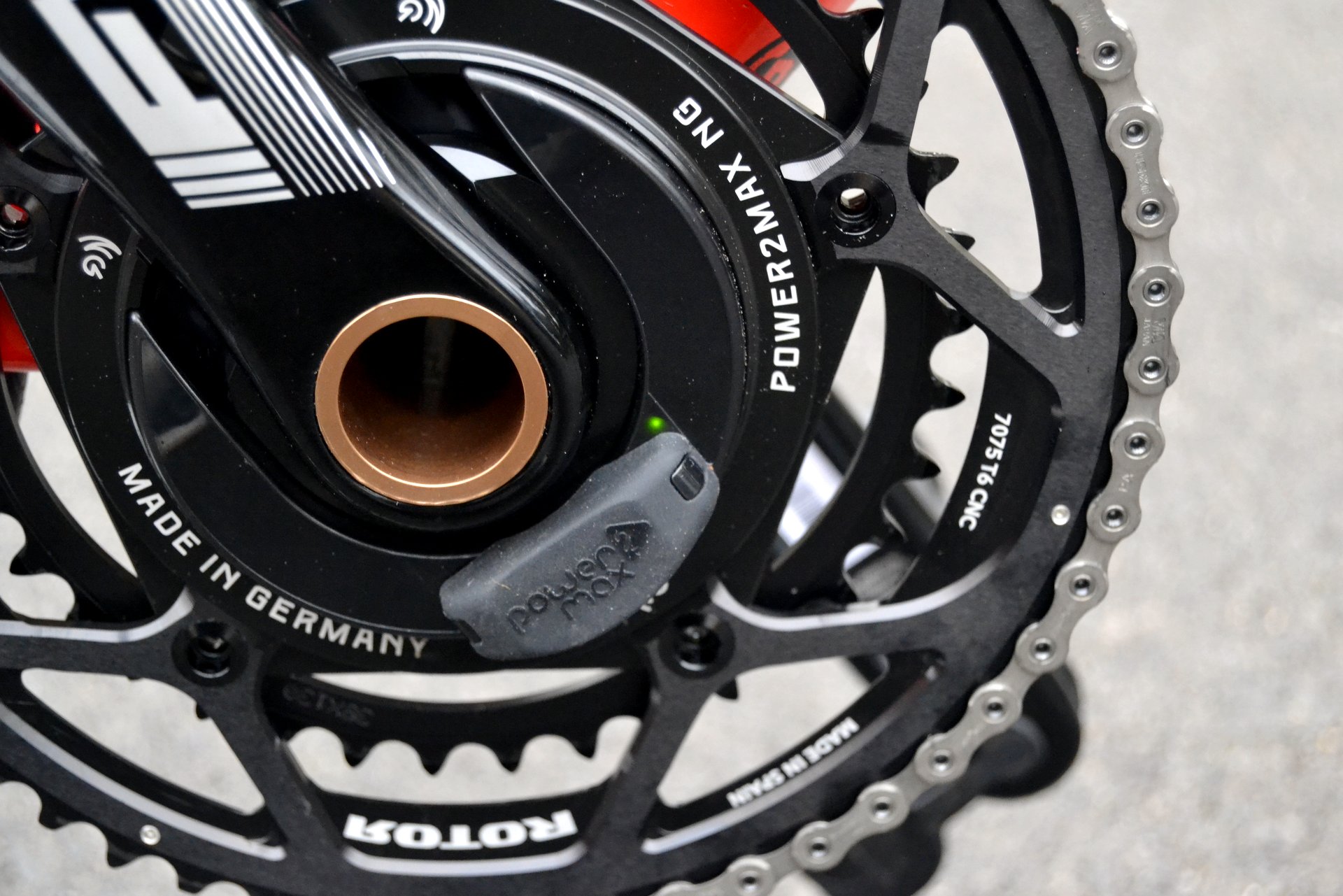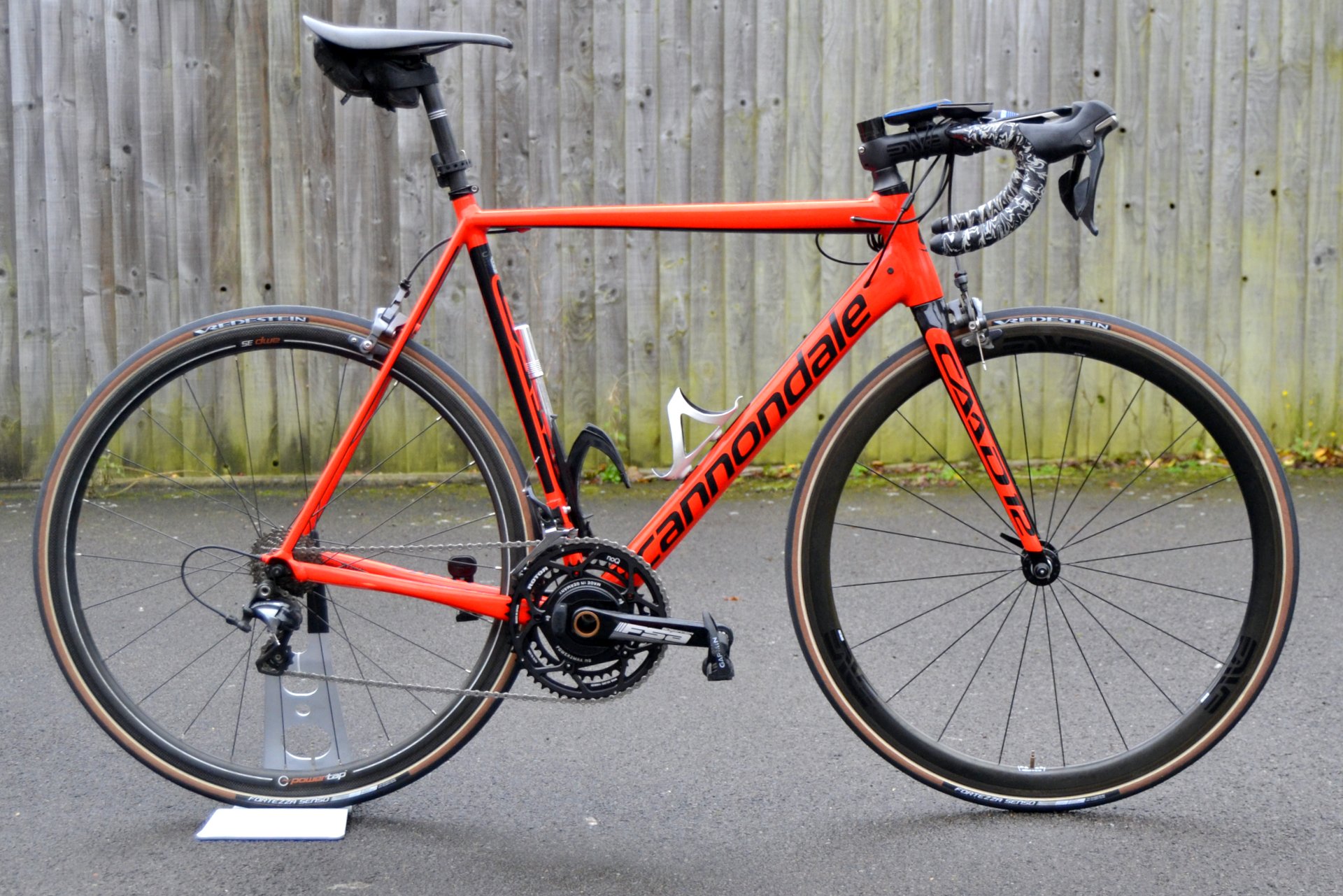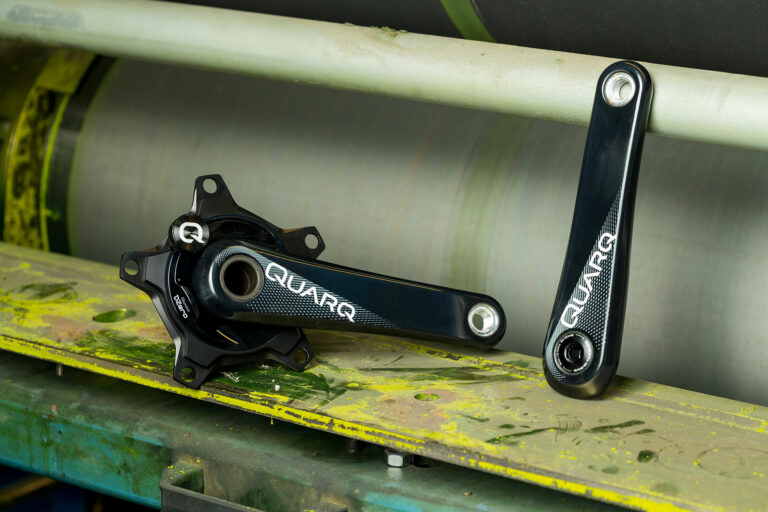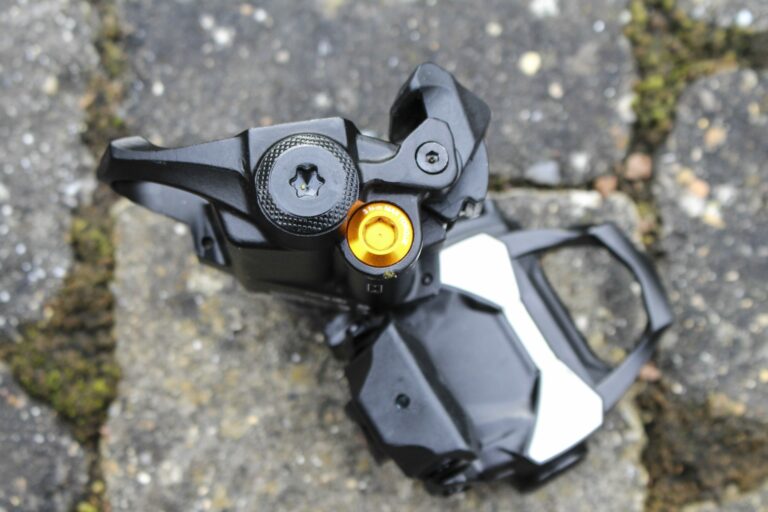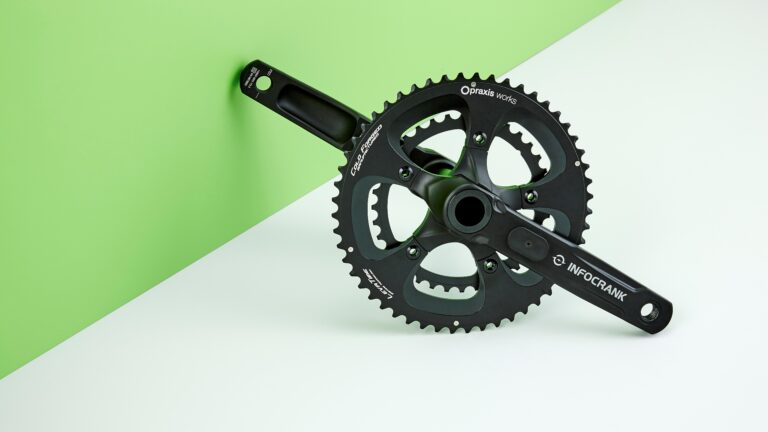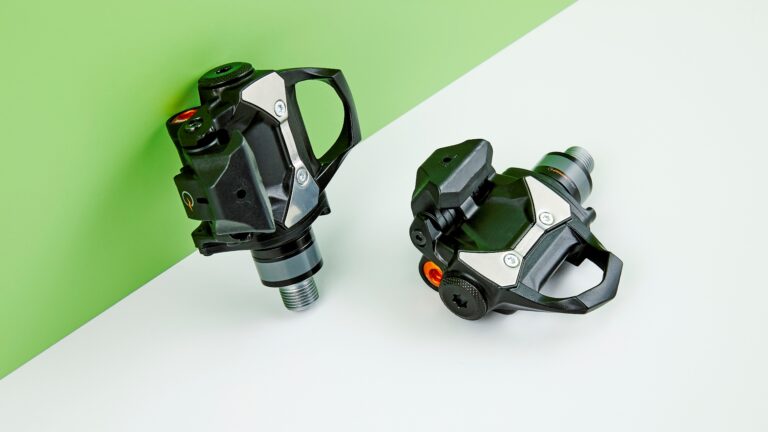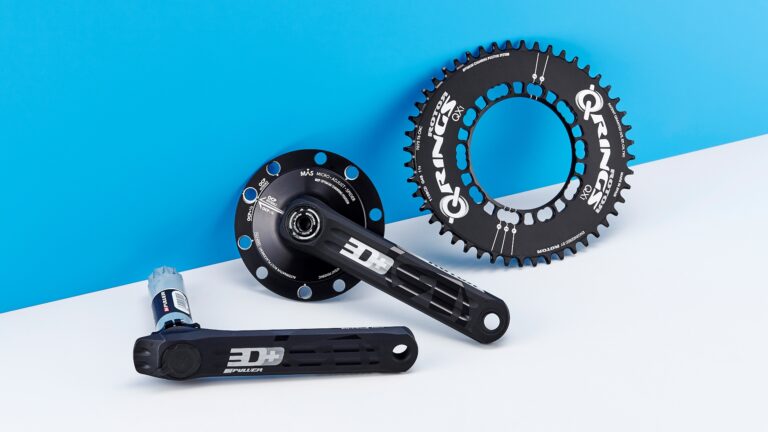Power meters have been becoming ever more accessible for years and, alongside Stages, Power2Max was one of the early disruptors, launching its first spider-based power meter in 2010 at a price undercutting rivals by hundreds of pounds. The NGeco, launched late last year, is the even more affordable version of its third-generation power meter, the NG, with simplified features to lower the price.
As with its previous models, Power2Max has packaged the meter into the spider, so you’re free to choose from a range of cranks according to your budget. In the spirit of the product, we’re testing the most affordable version with FSA Gossamer cranks. This model starts at €490 (Power2Max sell direct from Germany); our test bike required a BB386Evo axle, adding €50. The full-fat NG starts at €990.
To achieve that saving, the temperature compensation system in the NGeco is a step behind that in the NG, claimed accuracy is two per cent rather than one per cent, the battery is replaceable as opposed to rechargeable, the warranty lasts two years rather than five, and you don’t get analysis features such as left/right split, pedalling smoothness and torque, unless you buy them as upgrades for €50 each. We’ll examine the relative value for money later.


